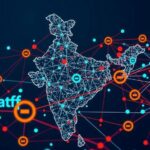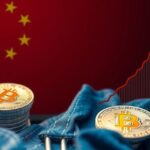Discrepancy in Paper Retractions Between U.S. and Chinese Scientists
A study indicates that 2,322 top U.S. scientists have had papers retracted compared to 877 from China. The retraction trend is significant, but experts note that not all retractions indicate misconduct. The Retraction Watch Database has tracked over 55,000 retractions since its inception in 2010.
A recent study highlights a significant discrepancy in paper retractions between top-cited scientists in the United States and their Chinese counterparts. According to data from the Stanford Elsevier career-long list, as of last year, 2,322 elite researchers from the U.S. have had papers retracted throughout their careers, while only 877 top researchers from China faced similar actions. Additionally, the statistics reveal that the United Kingdom, Japan, and Germany follow with 430, 362, and 336 retractions, respectively.
The authors of the study, which references the Retraction Watch Database, emphasize that while retractions are becoming more frequent, they still represent a small percentage of published papers. John Ioannidis, an epidemiologist at Stanford University who led the study, clarified, “Not every retraction is a sign of misconduct, but it is important to have a bird’s-eye view across all scientific fields regarding influential scientists.”
The Retraction Watch Database, established in 2010, systematically tracks and records global academic paper retractions. As of August 15 last year, it had documented over 55,000 retraction instances across various disciplines, showcasing a broader understanding of the issues surrounding scientific publication integrity.
In summary, the disparity in paper retractions among top-cited scientists reveals a noteworthy trend, with U.S. researchers facing more retractions than their Chinese peers. Retraction does not necessarily indicate misconduct, underscoring the complexity of the issue within the scientific community. This analysis serves to promote an awareness of the procedures governing scientific publishing and the importance of integrity in research.
Original Source: www.scmp.com








Post Comment